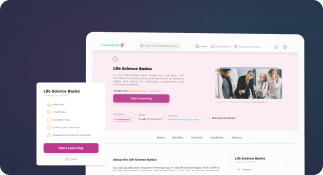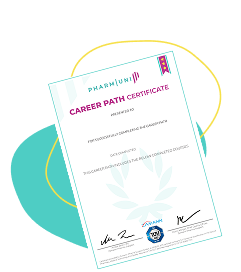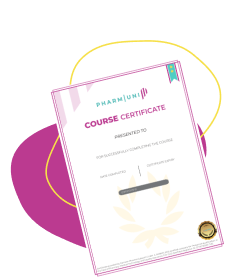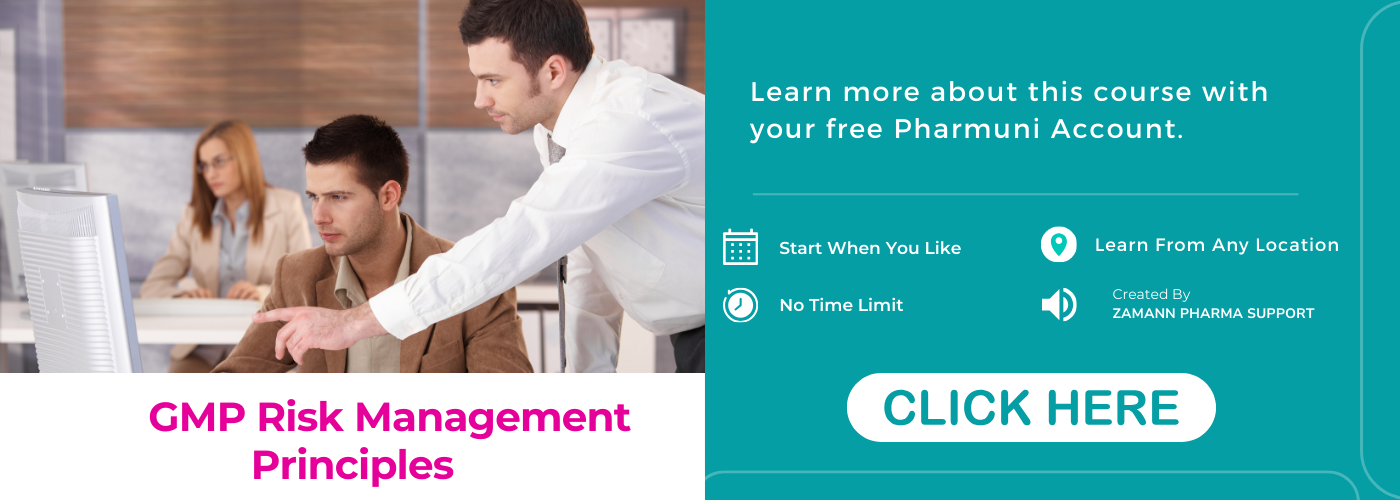Risk assessment in pharma plays a crucial role in ensuring patient safety, regulatory compliance, and operational efficiency. Pharmaceutical companies must identify, analyze, and mitigate risks to prevent failures in drug development, manufacturing, and distribution. However, many professionals underestimate the consequences of poor risk management, leading to costly mistakes that could impact lives.
A weak risk assessment process can result in product recalls, regulatory penalties, or even harmful drug side effects. Understanding the key principles of risk assessment helps pharmaceutical professionals avoid these dangers.
This article explores the essential steps, objectives, and best practices for conducting effective risk assessments in the pharma industry. We will also highlight common mistakes that could compromise safety and compliance.

Understanding Risk Assessment in Pharma
Risk assessment helps pharmaceutical companies identify potential hazards before they become serious problems. It allows teams to predict risks, evaluate their impact, and implement control measures to prevent failures. By following a structured approach, companies can manage uncertainties that affect product quality, regulatory approval, and patient safety. Without effective risk assessment, businesses may face costly recalls, compliance issues, or reputational damage. Regulatory agencies like the FDA and EMA require companies to conduct thorough risk evaluations to ensure safety and efficacy. Ignoring these guidelines can result in severe consequences, including financial penalties, product bans, and legal actions.
A strong risk assessment framework combines scientific data, regulatory requirements, and industry best practices. Companies that integrate these elements improve decision-making and enhance product reliability. Regular risk evaluations help teams identify weaknesses, address them early, and prevent costly mistakes. Continuous monitoring ensures that risk management strategies remain effective as industry standards evolve. Proper documentation strengthens compliance and simplifies regulatory audits.
By prioritizing risk assessment, pharmaceutical companies minimize failures, protect patients, and maintain market credibility.
Sign up for GMP Risk Management Principles Course
5 Essential Steps in a Pharma Risk Assessment Process
An effective risk assessment in pharma follows a structured approach. Here are the five key steps:
Review all processes, materials, and environmental factors that could pose a risk to product quality.
Assess the likelihood and severity of each identified risk to determine its potential impact.
Prioritize risks based on their significance and determine whether existing control measures are sufficient.
Introduce preventive or corrective actions to mitigate identified risks.
Continuously track risk management efforts and update processes based on new findings.
Each step ensures that pharmaceutical companies proactively address risks before they escalate into serious issues.
Comparing Risk Assessment Objectives: Manufacturing vs. Drug Development
Risk Assessment in Manufacturing
A risk assessment in manufacturing helps pharmaceutical companies maintain product quality and improve efficiency. It identifies potential hazards that could affect drug safety, effectiveness, and compliance. By detecting risks early, teams can prevent contamination, formulation errors, and equipment failures. These issues can lead to costly recalls, regulatory violations, or harm to patients. Manufacturers must follow strict protocols to ensure every batch meets quality standards. Regular inspections, proper staff training, and validated processes help reduce risks. Companies that prioritize risk assessment avoid disruptions, improve operational efficiency, and maintain regulatory approval.
Consistency in product quality remains a top priority in pharmaceutical manufacturing. A structured risk assessment ensures that all batches meet the same high standards. Manufacturers analyze every step of production to detect possible variations. They also monitor environmental conditions, raw materials, and equipment performance. If companies fail to address risks, they may produce ineffective or unsafe medications. This can damage their reputation and result in legal consequences. Continuous improvement helps companies refine their processes and minimize defects.


Risk Assessment in Drug Development
Risk assessment in drug development tests new drugs before approval. Researchers design clinical trials that spot safety issues early. They examine every drug property in detail. Teams analyze formulations, stability, and long-term effects carefully. First, experts study trial data and review patient feedback. Then, they adjust doses and test formulations further. Moreover, researchers use risk assessment to improve protocols continuously. They apply innovative methods and learn from every test. Consequently, risk assessment protects patients and builds trust. Additionally, teams work diligently and share insights frequently. They check every parameter and review results systematically. In short, this proactive approach identifies problems early and saves time. Researchers drive progress by following strict safety guidelines and clear protocols.
Furthermore, risk assessment in drug development enhances research integrity. Scientists document results and compare findings with precision. They refine drug formulas using risk assessment data consistently. Teams work closely with regulatory bodies and adopt new guidelines quickly. They communicate risks clearly and act fast on warnings. Also, researchers foster transparency and accountability among all team members. They hold regular meetings and share updates openly. Moreover, teams adjust strategies and implement improvements continuously. This approach prevents delays and costly setbacks while boosting safety.
7 Top Categories of Risk Assessment in Pharma
Process Risks
Teams evaluate process gaps and correct them swiftly. Two sentences: Managers inspect every production step and spot potential errors. Staff monitor operations closely and share improvements immediately.
Supply Chain Risks
Companies track supplier issues and resolve them quickly. Two sentences: Teams verify supplier credentials and check material quality. They update records and adjust plans as needed.
Regulatory Risks
Experts review guidelines and meet standards actively. Two sentences: Managers study regulations and implement required changes. Teams perform audits and report compliance continuously.
Quality Control Risks
Staff monitor quality and prevent defects early. Two sentences: Experts test products and ensure they meet standards. They record outcomes and act on deviations immediately.
Data Integrity Risks
Teams secure data and verify accuracy promptly. Two sentences: Managers check data regularly and prevent errors. Staff use secure systems and update protocols continuously.
Financial Risks
Companies assess costs and prevent overspending swiftly. Two sentences: Experts plan budgets and monitor expenses closely. Managers report issues and adjust funding immediately.
Patient Safety Risks
Researchers protect patients and prevent adverse effects fast. Two sentences: Teams review clinical results and ensure drug safety. They communicate risks and adopt safeguards immediately.
Strategies to Strengthen Risk Assessment Processes
Proactive Risk Management Strategies
Real-time monitoring helps identify and prevent critical process failures. Proactive strategies drive success in pharma. Companies plan ahead and set clear guidelines. They design structured frameworks and train staff actively. Teams schedule regular reviews and act on new data quickly.
Managers involve every department and share responsibility. They use analytical insights to update procedures promptly. Experts hold workshops and encourage feedback consistently. Companies implement monitoring tools and use real-time alerts. They foster a culture of safety and accountability daily. Moreover, teams analyze emerging risks and adjust strategies on time. Managers review performance regularly and celebrate small wins. They emphasize clarity in goals and use measurable targets. Staff collaborate in brainstorming sessions and propose creative solutions. Leaders encourage open discussions and share progress updates openly. This approach builds trust and creates a secure work environment.
Moreover, managers invest in training and upgrade technologies continuously. They ensure every employee learns essential evaluation techniques thoroughly. Teams analyze challenges during meetings and discuss improvements together. Managers share best practices and compare results frequently.

Digital Transformation in Risk Assessment
Risk assessment benefits from digital transformation in pharma. Companies adopt software that tracks risks in real time. They integrate data systems and update records continuously. Teams use digital dashboards and analyze trends fast. Managers receive alerts and act on warnings promptly. They combine digital tools with expert insights to improve risk assessment. Companies reduce human error and enhance efficiency daily. Moreover, teams monitor changes and update strategies quickly. Managers coordinate updates and share insights across departments. They embrace modern tools and prioritize fast decision-making. Leaders encourage feedback and support innovative ideas. Staff explore new features and train on emerging technologies. They share best practices and celebrate small wins. This approach creates a secure and agile work environment.
Furthermore, digital transformation strengthens risk assessment across the board. Experts use analytics to spot hidden issues and adjust processes swiftly. Teams share digital reports and communicate findings effectively. Managers use secure platforms and protect data reliably. Companies update systems regularly and adopt new technologies fast. They compare results and refine strategies continuously. Additionally, leaders schedule frequent reviews and set clear improvement goals. Staff discuss insights and adjust plans during regular meetings. They focus on proactive risk management and prompt actions.
Common Risk Assessment Mistakes in Pharma
Ignoring Small Risks
Teams overlook minor issues and let them grow. Two sentences: Managers skip minor risks and cause bigger problems. Staff must note every detail and act immediately.
Delayed Action
Companies wait too long and allow risks to escalate. Two sentences: Experts delay responses and harm product quality. Teams should act fast and resolve issues promptly.
Poor Documentation
Managers miss recording details and lose critical data. Two sentences: Teams skip documentation and risk compliance issues. Staff must record every change and update logs diligently.
Lack of Training
Companies ignore staff training and lower awareness. Two sentences: Managers fail to educate employees and reduce readiness. Teams require regular training and stay updated continuously.
Siloed Communication
Departments do not share risk data and lose perspective. Two sentences: Managers isolate teams and block information flow. Staff must collaborate actively and share insights openly.
Outdated Protocols
Companies use old methods and miss current risks. Two sentences: Experts follow outdated guidelines and lag behind standards. Teams update protocols frequently and adopt modern tools quickly.
Conclusion
Risk assessment in pharma plays a vital role in ensuring safety and quality. Companies must implement clear processes and learn from mistakes. Teams use risk assessment to predict hazards and act promptly. They follow strict guidelines and document every step. Managers invest in proactive strategies and digital tools. Experts train staff and share best practices continuously. In short, risk assessment prevents costly errors and saves lives. Firms that focus on risk assessment build trust, improve efficiency, and maintain high standards. Embrace risk assessment, and transform challenges into opportunities for success.
References

Ershad Moradi
Ershad Moradi, a Content Marketing Specialist at Zamann Pharma Support, brings 6 years of experience in the pharmaceutical industry. Specializing in pharmaceutical and medical technologies, Ershad is currently focused on expanding his knowledge in marketing and improving communication in the field. Outside of work, Ershad enjoys reading and attending industry related networks to stay up-to-date on the latest advancements. With a passion for continuous learning and growth, Ershad is always looking for new opportunities to enhance his skills and contribute to pharmaceutical industry. Connect with Ershad on Facebook for more information.
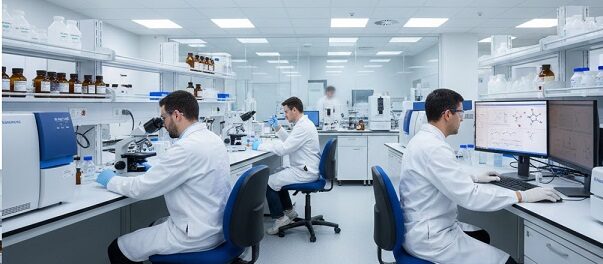
Good Manufacturing Practices in Quality Assurance: Essential Basics for 2025
GMP and quality assurance work together to keep medicines safe, consistent, and trusted. GMP sets clear rules for how to make, test, and document products. Quality assurance checks that every step follows those rules, so patients receive effective treatments and companies stay inspection-ready.
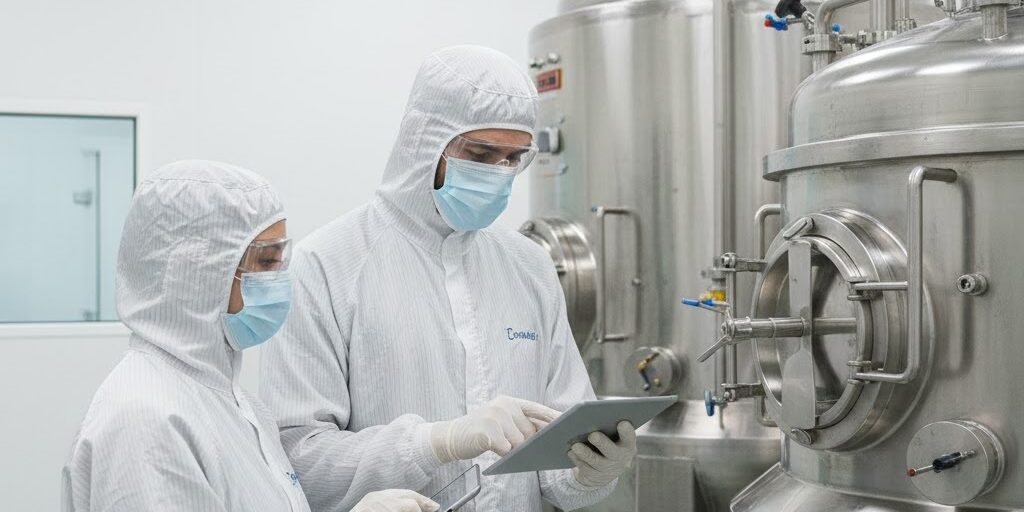
Project Manager Pharma Jobs (2025): Search Strategies, Best Platforms, and What You Must Know
Project manager pharma jobs in 2025 are highly competitive, and many great roles never appear in generic searches. This guide shows you where to look, which platforms to trust, and how to build a simple routine that turns random browsing into targeted applications, real interviews, and stronger pharma career opportunities.
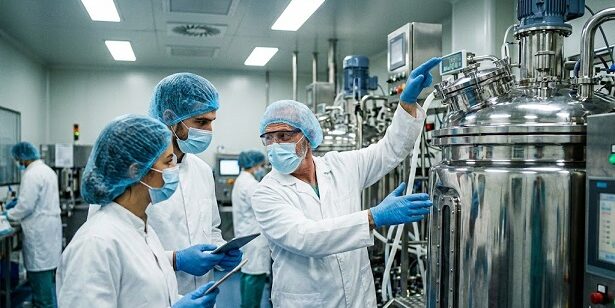
Pharma Management Courses: Managing GMP, Compliance, and Cross-Functional Teams (2025)
Pharma management courses are designed to equip professionals with essential leadership skills in GMP, compliance, and cross-functional team coordination. These courses help individuals manage regulatory challenges, reduce audit failures, and ensure product quality, making them crucial for career advancement in the pharmaceutical industry.
